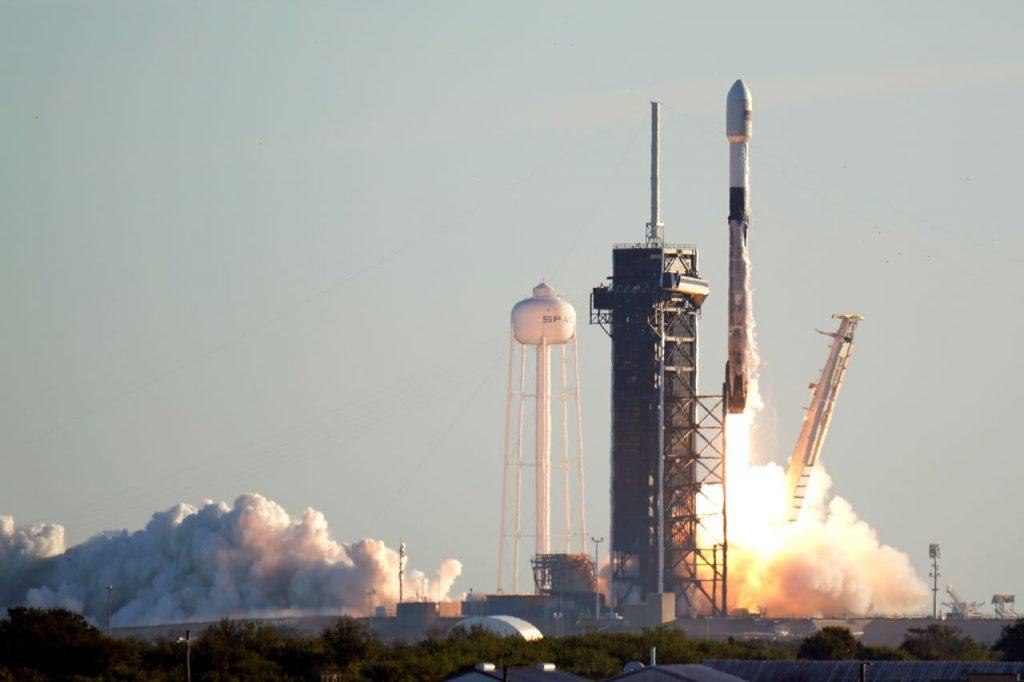SpaceX rocket explodes on ground after seemingly successful flight
The rocket exploded a few minutes after landing and was thrown into the air following which it crashed back to the ground.
Just In
An unmanned SpaceX rocket exploded on the ground Wednesday after carrying out what had seemed to be a successful flight and landing.
It was the third straight flub involving the prototype of the Starship rocket, which SpaceX hopes one day to send to Mars. The last two test flights ended in crashes.
“A beautiful soft landing,” a SpaceX commentator said on the live broadcast of the test flight, although flames were coming out at the bottom and crews were trying to put them out.
The rocket exploded a few minutes later. It was thrown into the air and crashed back to the ground.
No explanation was immediately provided.
As seen on SpaceX video, the rocket appeared to have otherwise landed properly after its flight.
SpaceX founder Elon Musk has been developing the next-generation Starship rocket for the purpose of going to Mars – though two prototypes blew up in spectacular fashion on their recent test runs.
The latest prototype, named SN10, for “serial number 10”, took off a little before 1120 GMT from Boca Chica, Texas.
The two other prototypes (SN8 and SN9) crashed on landing, in December and then in early February.
The tests take place in a nearly deserted area leased by SpaceX in South Texas near the border with Mexico and next to the Gulf of Mexico – the area is vast and empty enough that an accident or explosion would not cause damage or fatalities.
Apart from Mars, the rocket, if it becomes operational, could also prove useful for closer trips, especially to the Moon.
Subscribe to our newsletter
To be updated with all the latest news and analyses daily.
